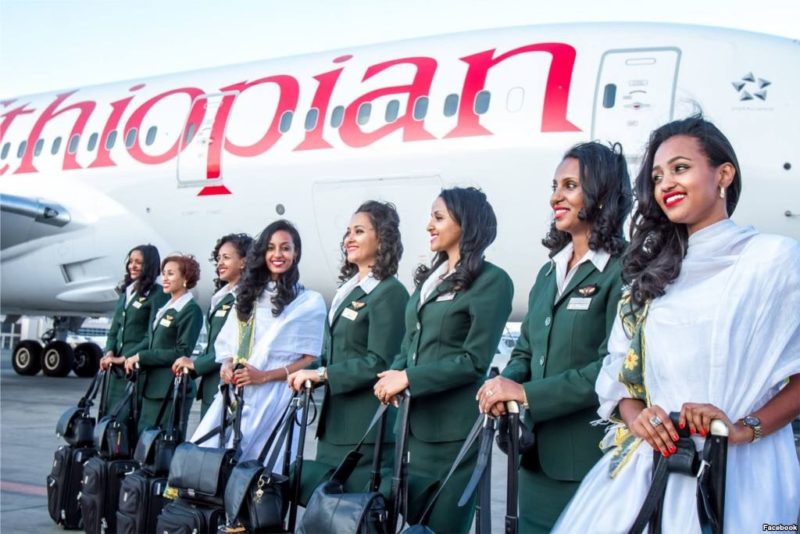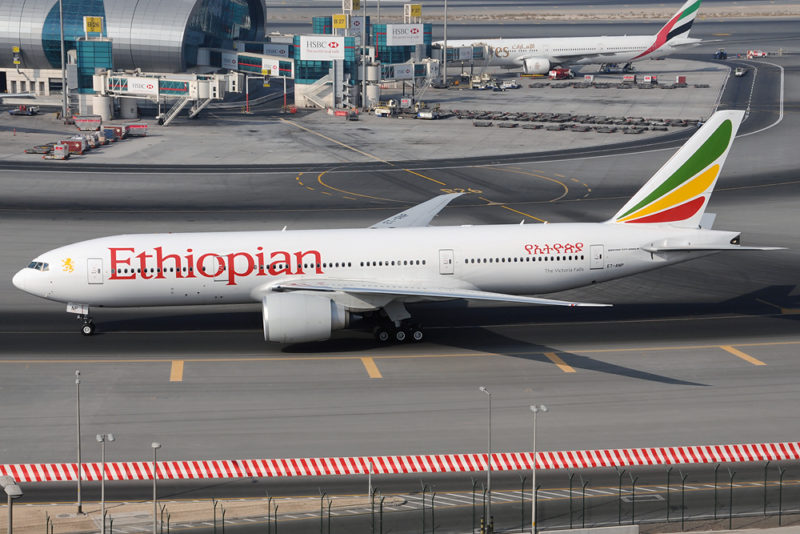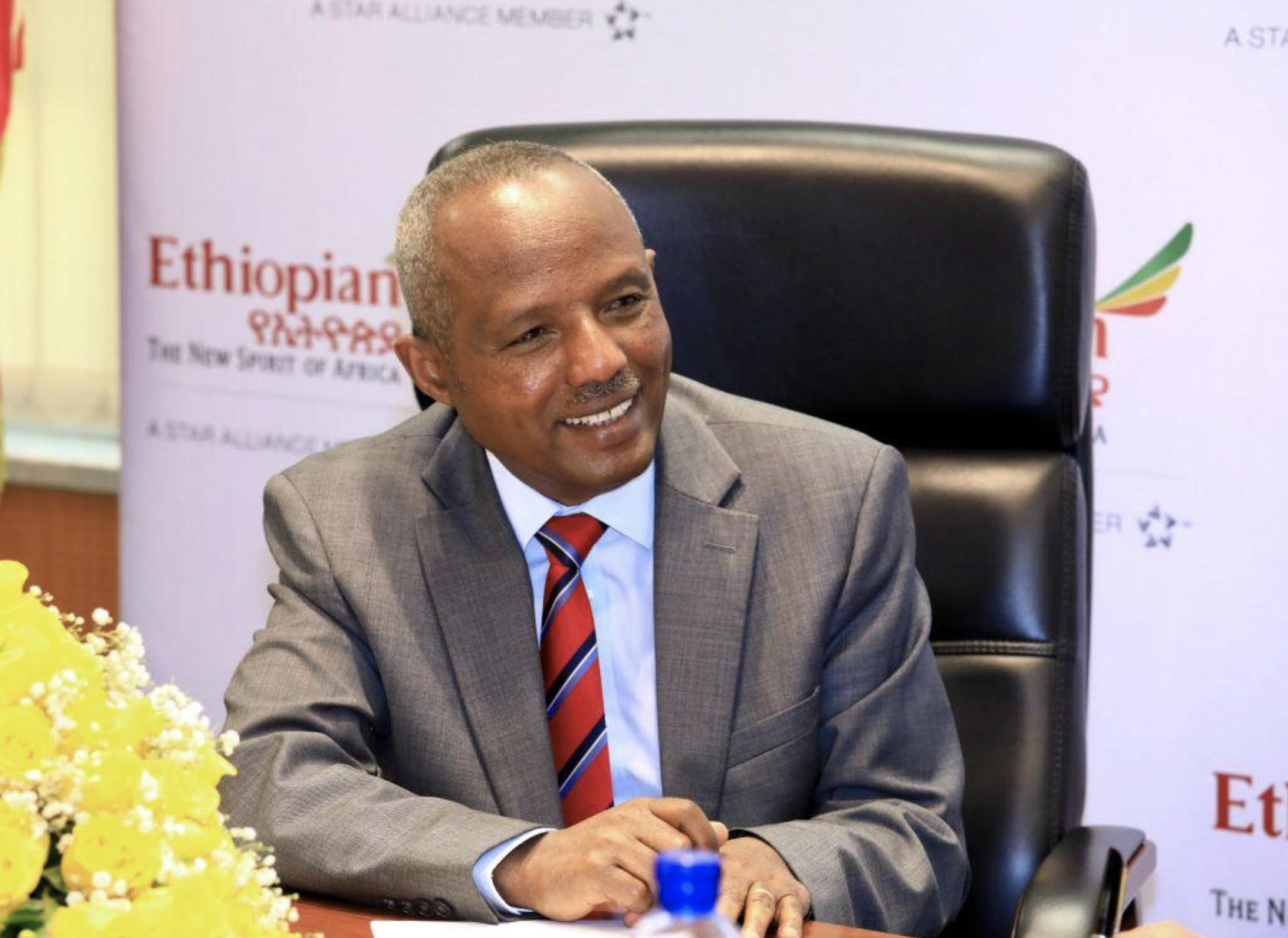Ethiopian Airlines will make a final decision on purchasing a new regional jet fleet and additional widebodies in the first half of 2023.
New Aircraft Type
“Currently we are conducting fleet evaluation on the narrowbody side for 100-seater aircraft: the Airbus A220 and Embraer 195 E2,” Ethiopian Airlines Group CEO Mesfin Tasew told Aviation Daily at the company’s head office in Addis Ababa.
“We are critically looking at these two aircraft types to bridge the capacity gap we have between the De Havilland Dash-8 ... and the Boeing 737s.”
Regarding its widebody fleet, Tasew said the Star Alliance member needed more aircraft. The carrier is evaluating the A350-1000 and the Boeing 777X. “We will choose the widebody that fits best with our network,” he said.
Additionally, he said Ethiopian Airlines must expand its cargo fleet of 14 aircraft. “We have the plan to evaluate the A350F versus the 777XF,” he added.
While the decision on new freighter aircraft could be delayed, the need to expand the passenger fleet is more pressing. “Within the first half of next year, we should decide where to go,” Tasew said. “For both, wide- and narrowbody, [the decision] has to be made.”
When asked if the A321XLR could also play a role in Ethiopian’s future, the CEO said: “We hear that it is an excellent aircraft. Unfortunately, on the narrowbody side we operate more than 30 737s, which will grow probably to 50 by adding more 737-8s...
The concern is, two different aircraft models of the same size will increase complexity and costs in terms of pilots, maintenance etc.,”
Ethiopian Airlines CEO Mesfin Tasew
Even when Ethiopian’s fleet size increases beyond the current 140, management would find it hard to justify having two different types of aircraft in a similar seat-size segment. “Because today we operate six different types of aircraft [and] our strategy is to have cost leadership, and to have this, you have to harmonize your fleet and to operate fewer aircraft models,” Tasew said.
“When we add either Embraer E195 or Airbus A220, we would have a seventh type in our fleet. We want to be careful in further fleet evaluation.”
Ethiopian Airlines CEO Mesfin Tasew
The 787 and A350 will continue to be the backbone of Ethiopian’s widebody business, which will grow with more aircraft and additional variants. “The 777X would also be a new type of aircraft, for example regarding engines etc.” A decision on the 777X may come down to whether the cockpit crew cross-utilization that Ethiopian implements today between the 787 and 777 would also be viable if it upgrades to the 777X.
Ethiopian’s current orderbook includes six A350s, two 787s, 22 737 MAX family aircraft and five 777Fs on the freighter side.

Freighter Conversion
Ethiopian Airlines completed its first passenger-to-cargo conversion of a Boeing 767-300ER in October. The conversion of the second aircraft is in progress and will be followed by a third aircraft. “Now we have the intention to convert some of the 777-200LRs into freighters,” the CEO said, adding that they became very expensive to operate for passenger services. Ethiopian’s four 777-300ERs will return to leasing companies in the coming years.

The airline has developed a long-term strategic roadmap, which they call Vision 2025. “As we’re getting close to the end of this long-term strategy now, we have revised it to make it Vision 2035,” he said.
“We aim to grow our destinations to 207 from 131. We anticipate that we need 270 aircraft; we want to grow cargo four times, to become one of the top 20 airlines worldwide.”
Ethiopian Airlines CEO Mesfin Tasew


